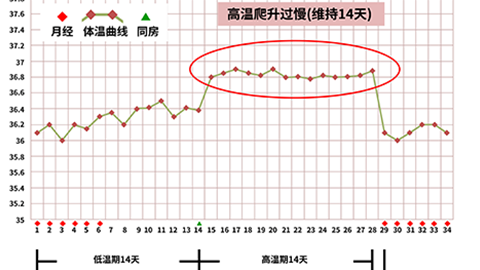What is the normal thickness of the endometrium during the ovulation period?
Generally, an endometrial thickness of 8-12 mm during the ovulation period is considered normal. Detailed analysis is as follows:

An endometrial thickness of 8 mm during the ovulation period is normal and commonly seen in younger women or individuals with faster metabolism. In this group, ovarian function is stable and estrogen levels are moderate. Under hormonal influence, the endometrium proliferates to a thickness of 8 mm, which provides a foundation for implantation of the fertilized egg without increasing the risk associated with excessive thickness. If there is no menstrual disorder, abdominal pain, or other discomfort, and subsequent menstrual cycles remain regular, it indicates the thickness meets the body's normal physiological needs.
An endometrial thickness of 12 mm during the ovulation period is also normal, commonly seen in women seeking pregnancy or older women. For those attempting pregnancy, a thicker endometrium better accommodates the fertilized egg and increases the success rate of implantation. In older individuals, due to hormonal changes, endometrial proliferation may be slower but more complete. A thickness of 12 mm still falls within the normal range. If medical examination reveals no issues such as endometrial polyps or hyperplasia, and the menstrual cycle is normal, this condition is considered normal.
In daily life, it is important to monitor whether the menstrual cycle is regular. If there are abnormalities such as unusual menstrual flow or prolonged menstruation, timely medical evaluation is necessary. Maintain a regular sleep schedule and avoid staying up late, as this can affect hormone levels. Eat a balanced diet and reduce the intake of spicy or irritating foods to provide a healthy environment for endometrial health.




